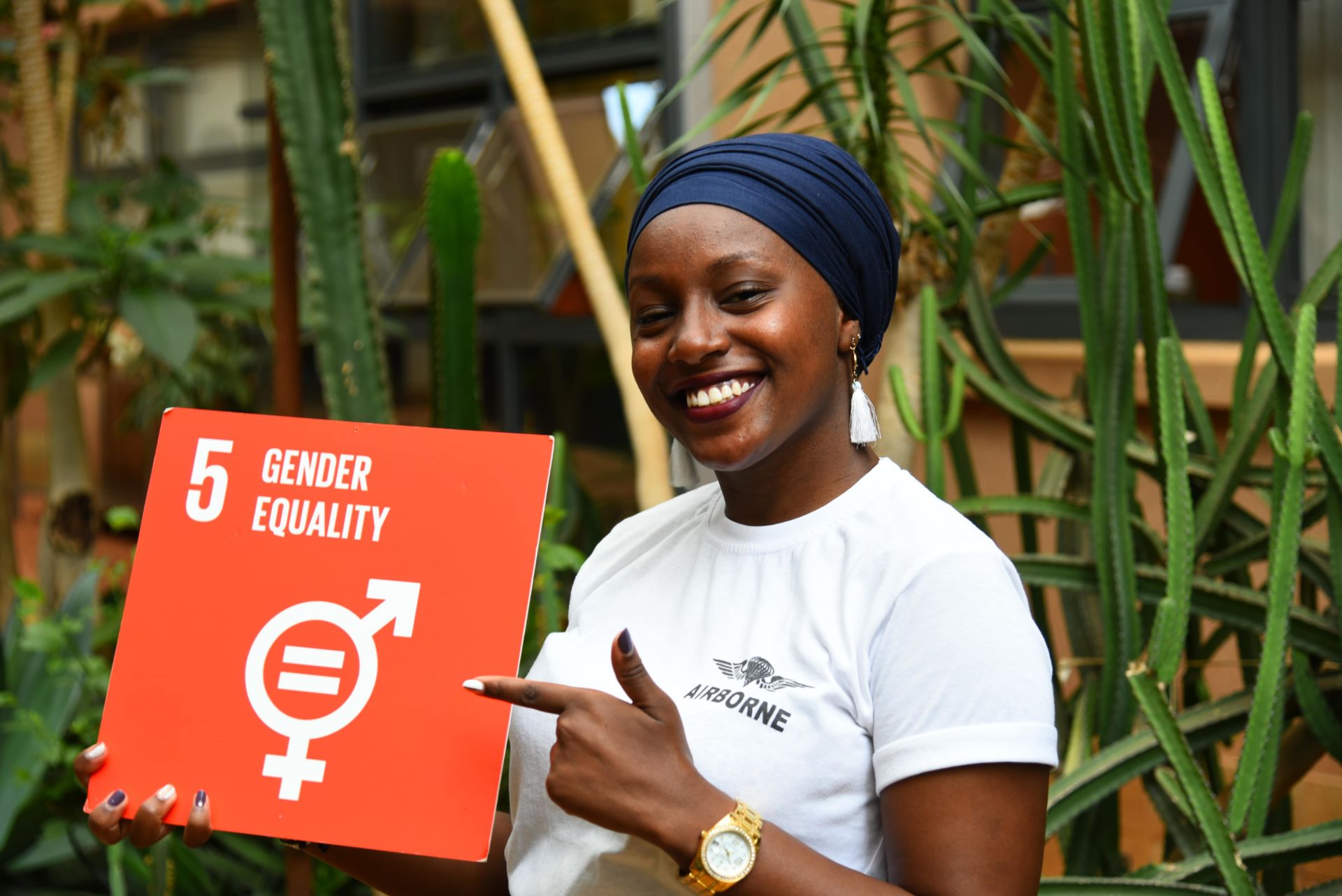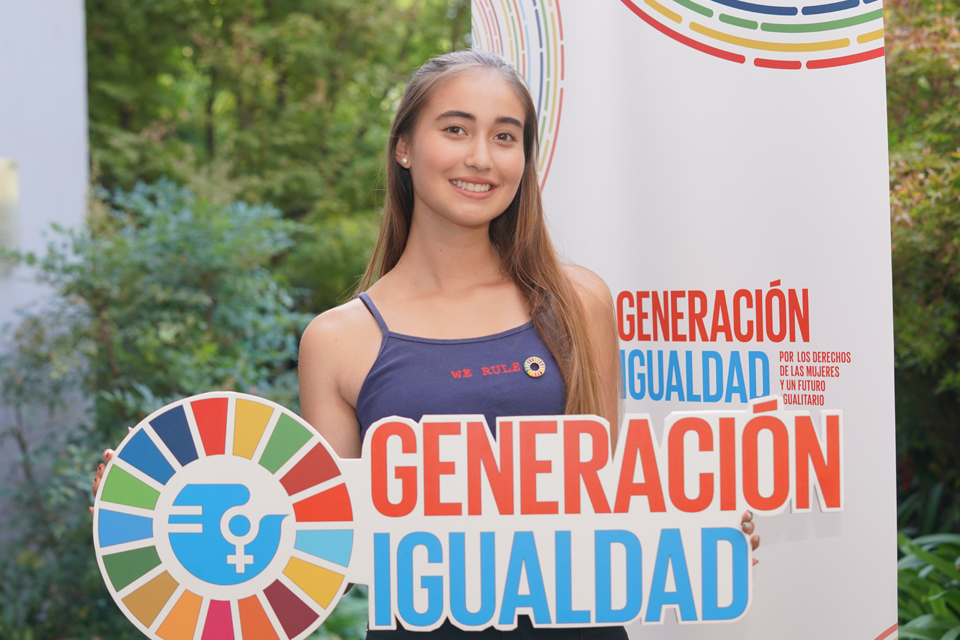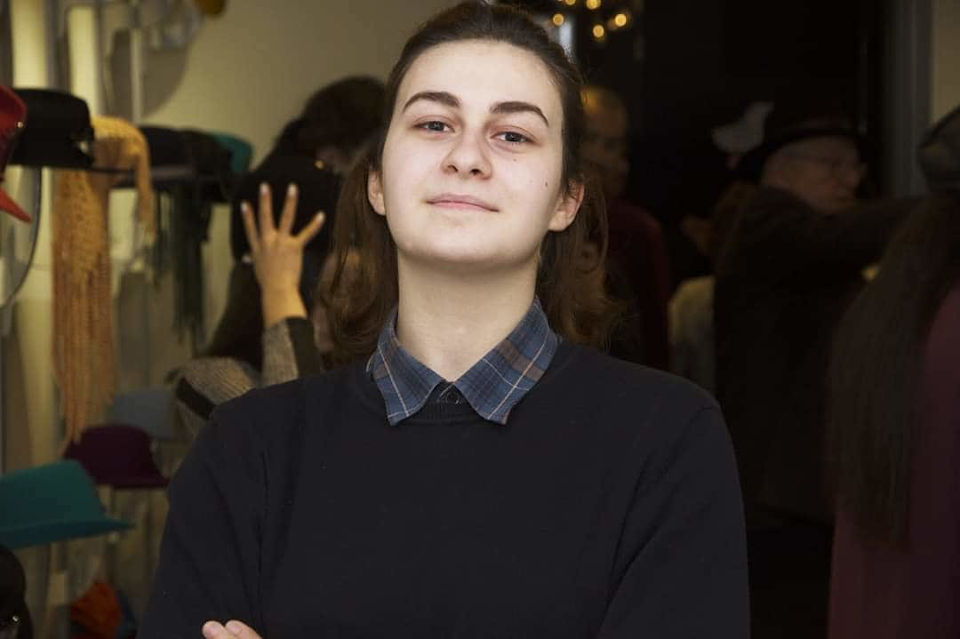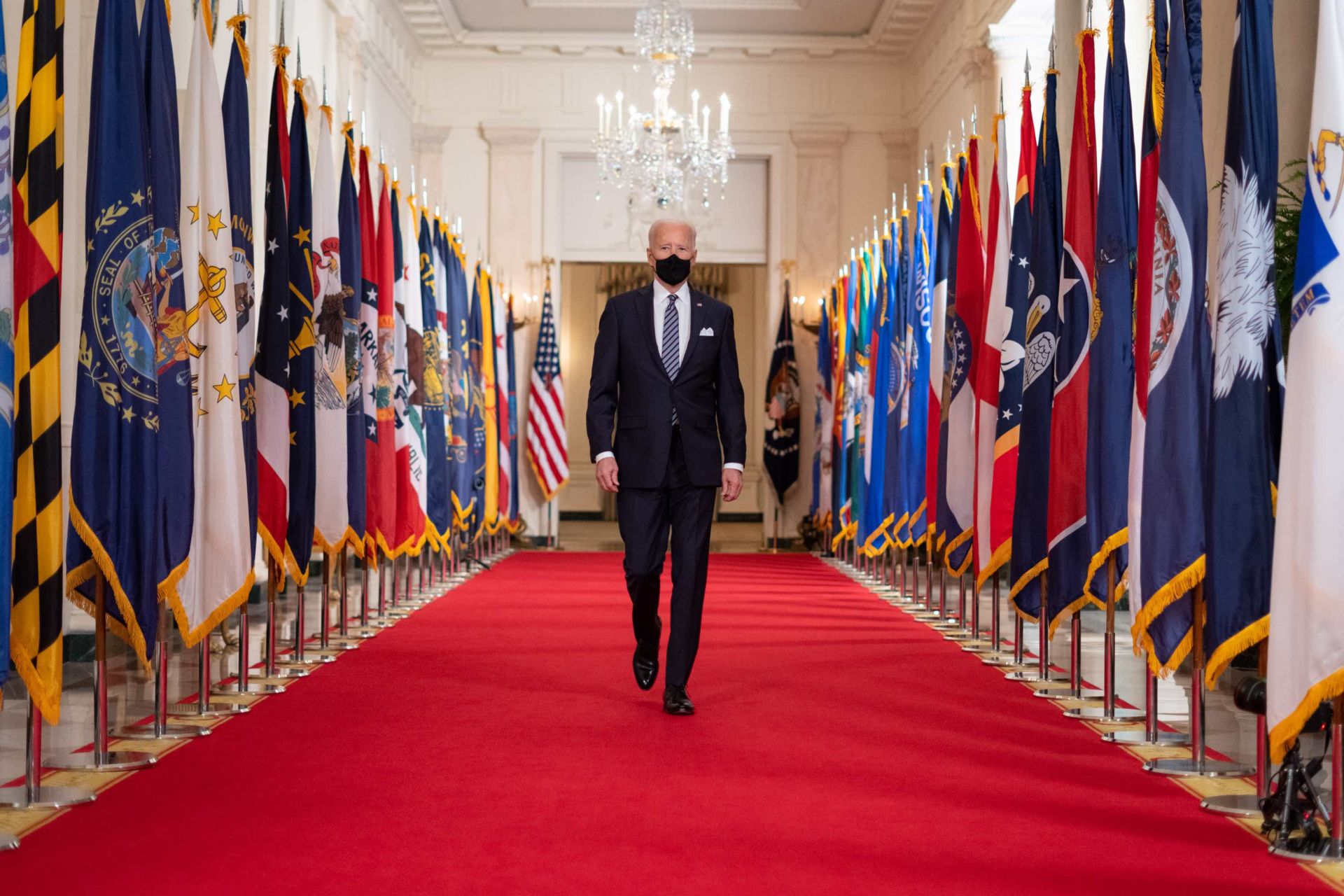UN Women shares four stories of inspiring girls and young women in ICT and STEM.
Girls around the world are using innovation and technology to solve problems, to unite communities and as a force for good and equality. And yet, women and girls are still under-represented in STEM fields.
In an increasingly digitized world economy, the gender digital divide has severe repercussion for girls’ and women’s rights. To bridge this gap, at least three things need to happen: facilitate equal access to digital technologies and the internet for girls and women; encourage and invest in girls and women to build their ICT skills; and enable women and girls to take up leadership roles in tech.
From creating open-source ventilators in Afghanistan to unifying and amplifying the voices of young activists in Chile, and working to end child marriage in Georgia, here are some girls and young women changemakers who inspire us.
Building a Low-cost Ventilator Prototype in Afghanistan
When ventilators were becoming scarce due to the COVID-19 pandemic, Somaya Faruqi and Afghanistan’s Girl’s Robotics Team developed a prototype ventilator to support the country’s health care system.
“The former Governor of Herat requested our team join the challenge to build up an open-source ventilator. We had limited access to the market didn’t have the right materials, there were travel restrictions and we didn’t even have a budget. Still, we participated with the help of our coaches, experts and mentors,” Somaya says. “We designed an open-source ventilator based on the MIT design. And, we proved that if there is opportunity for young women, they can change their lives and their community”
For Somaya, supporting other girls in STEM and paving the way for equality in the industry is a top priority. And that means supporting and encouraging the dreams and ambitions of girls and young women like herself.
“It’s important to have the input of the younger generation, as they are the future and they have a lot of creative ideas that can benefit everyone. It can change their lives if someone believes in their dreams,” she says.
Standing Up Against Online Violence in Kenya

Kathy Gitau, 22, witnessed violence in her home growing up, and was told only certain jobs and roles are right for women. When she wanted to become Vice-President of the Student Union at her University, she was discouraged by others who believed that to reach decision-making roles, women had to offer sexual favours.
“It makes you lose focus. It makes you think ‘let’s call it quits,”, Kathy says. “I don’t want anyone to suffer the same things I have.”
After learning about the global and growing problem of cyber-bullying and technology-based violence against women, she decided to speak up and make her university a safer space.
Related Articles: I am the demonstration, you be the voice: Empowering Girls into STEM | DreamGirls Academy: An opportunity for women’s empowerment in South Africa
“Technology-based violence is violence and discrimination propagated through technology, such as cyberbullying and cyber-attacks. People can hide behind pseudo accounts and names,” she says. “This problem has become global because everyone is connected by technology and the audience is everywhere.”
Now, Kathy and her university have created support groups for those who’ve experienced online abuse and continue to raise awareness on their campus, and in high schools across Western Kenya.
Uniting Activists Across Chile

As a speaker for youth festivals and a member of UN Women’s Beijing+25 Youth Task Force, Julieta Martinez, 17, connected with girls from across Chile and the world to learn from their experiences. She heard from many that the lack of safe spaces for girls to network and work towards their dreams was holding them back.
Julieta took action. She founded the Tremendas platform to create spaces and opportunities for girls and young women to connect and combine their talents and knowledge to support social causes. Julieta believes that the unity and togetherness of activist communities is an incredible force for good.
“To facilitate equality and inclusion, we need above anything else patience, respect and tolerance,” she says. “We need to listen to each other, first of all, to understand that there are different opinions and perspectives and that everyone’s scope of action is different.”
Julieta and the many Chilean girls she collaborates with recognize that young people need to be the driving force of solutions to global problems.
“Just as we are part of the problem, we are part of the solution and we are certain that the time to act is now,” she says. “We cannot continue wasting time because if the future is truly ours, the decisions are up to us. This has to be an intergenerational dialogue (…) We, the youth, are not only the future, we are also the present.”
Using Tech and Data to Combat Child Marriage in Georgia

At a young age, Mariam Lomtadze was told science and technology were inappropriate for a girl. Rather than dissuading her interest in STEM, the criticisms sparked Mariam’s activism for gender equality. Now, she uses her skills in science and technology to address gender inequalities.
At 17, Mariam participated in a Hackathon hosted by UN Women to visualize gender data. She and her team focused on early and forced marriages, because it happens to so many girls in their country, Georgia.
“Presenting gender data in an innovative, easily understood manner helps us raise people’s awareness of important issues like gender inequality,” Mariam says. “As more people are exposed to gender equality problems, it makes it easier to find lasting solutions.”
Mariam’s team created an app to show how early marriage creates obstacles for girls’ career prospects. In the app, which featured characters who represented young girls from all different regions of Georgia, users played as fairy tale heroines and answered scenario questions to play out their futures, which in many cases were not “happily ever after”. Through the game, users could see different scenarios for girls lives, and how they would be better off without early and forced marriage.
“Talking about early and forced marriage is the starting point for resolving it,” Mariam says. “It is also important to show the affected girls – those who either married early or are facing the threat of [forced marriage] – that they are not alone.”
Editor’s Note: The opinions expressed here by Impakter.com columnists are their own, not those of Impakter.com — In the Featured Photo: Somaya Faruqi with Afghanistan’s Girl’s Robotics Team developed a prototype ventilator. Featured Photo Credit: Digital Citizen Fund/UN Women











